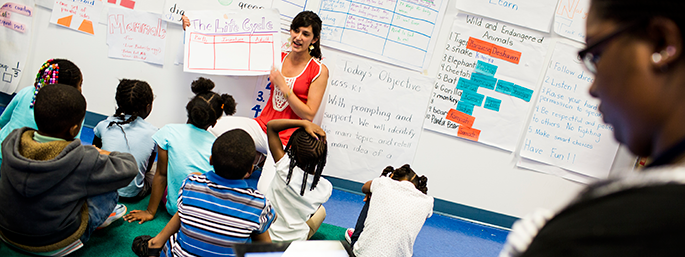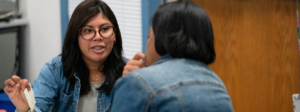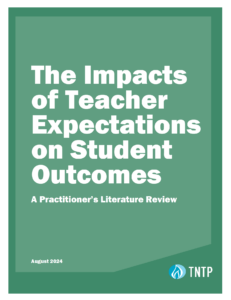All too often, classroom observations start—and end—with a lot of paperwork. An observer arrives with a lengthy list of competencies to assess, including everything from classroom management to evidence of lesson planning, to continuing education and overall “professionalism.” Observers score a whole lot of techniques that reflect “how” a teacher is delivering instruction, and they basically ignore “what” the lesson is about.
Observations are a lot of work, and in many cases, they aren’t working very well. Teachers say that they still aren’t getting helpful feedback (we heard that in a recent report), and districts and states still aren’t getting nuanced information about teacher performance. It’s important to get them right, because observations have two critical roles to play, right now: informing useful evaluation systems and helping teachers transition to Common Core State Standards.
MET research has taught us that scoring lots of granular teaching techniques does not help produce more telling performance ratings. And because of the massive shifts in practice and curriculum required to implement the Common Core, we cannot continue to ignore the content of a lesson. To help students meet the standards, it’s no longer sufficient to focus on skillful instructional techniques, the content of instruction must also be appropriate for the grade and subject. It’s clear that current observation rubrics are not up to the task.
What if observations didn’t start with a comprehensive list of teaching techniques? What if they were simpler, and focused on a few essential student responses? And what if they captured critical information that told us whether instruction was, in fact, rigorous—such as whether students were on pace to meet graduation standards that set them up for success after high school?
We are asking and exploring answers to these questions in a new whitepaper called Fixing Classroom Observations, released today. In it, we propose a way to shift away from the inch deep, mile wide approach to classroom observations and focus observers on rating a few critical aspects of a lesson. We want to bring the same focus and coherence to classroom observations that the Common Core has brought to academic standards.
The next few years will be a critical window for the implementation of the Common Core and the continuing evolution of teacher evaluations. While it’s easy, on the ground, to confuse these as competing priorities, both have the same goal: making sure students get the best instruction possible over the 13 years they spend in our care. The smart money is on making sure they work together.
To that end, we’re working on new approach for a rubric that meets the criteria we lay out in the paper. TNTP will publish this rubric and invite public comment—from anyone interested—at the start of 2014. (Interested? Email us.) Once we revise based on public comment, we’ll publish the rubric under a Creative Commons license. Look for updates on our work in this space over the next few months.








